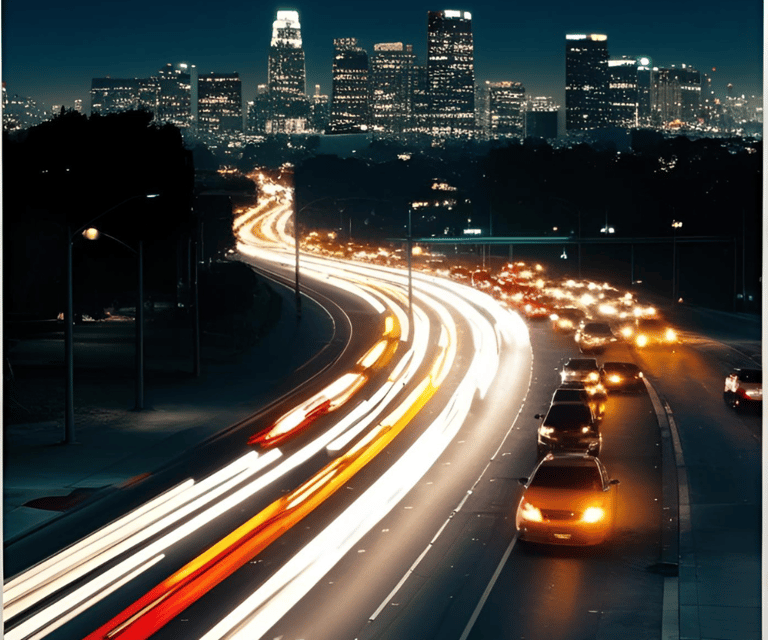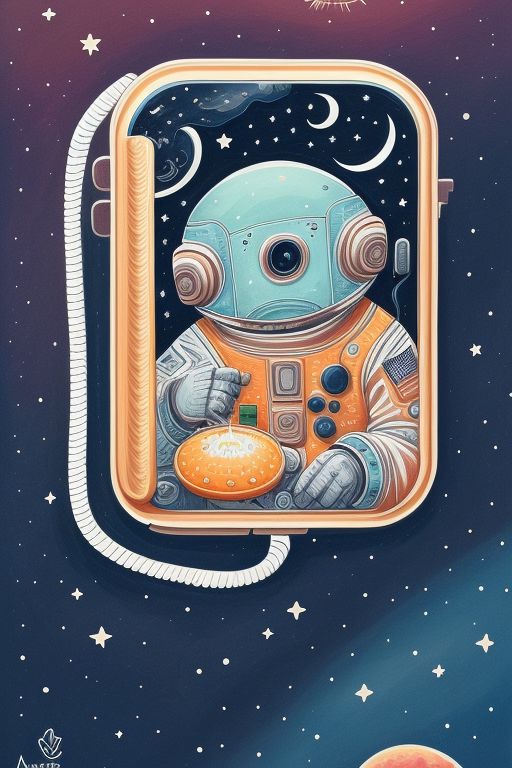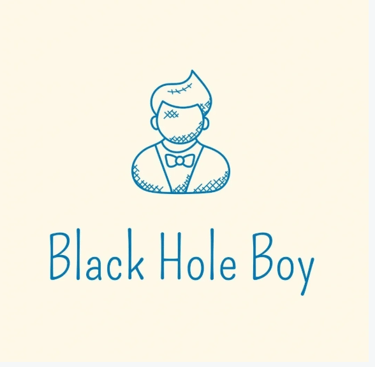Window to the City: The Mesmerizing Ballet of Los Angeles After Dark
There's something hypnotic about watching a metropolis from above – the endless streams of headlights and taillights forming rivers of light against the dark canvas of night.


There's a particular magic to looking out at Los Angeles after sunset. From elevated vantage points in the hills, through open windows framing the perfect view, the city transforms into something almost otherworldly. The chaos and frustration of LA's infamous traffic becomes something else entirely – a choreographed light show, a flowing artwork of human movement.
Those who call the City of Angels home often become desensitized to its visual splendor. For them, the 101 or the 405 represents nothing but delay, frustration, and the mundane daily commute. But for visitors and those who take a moment to step back and truly see, there's an undeniable poetry to this urban tableau.
From a distance, each vehicle becomes anonymous – just particles of light moving in streams. Yet each headlight represents a person with a destination, a story, a reason for braving the notorious LA traffic. Some are heading home after long days, others to meet friends for dinner, to catch a show, or perhaps to a pivotal job interview that might change the course of their lives.
"Los Angeles is the only city where you can watch a movie while you're making one," filmmaker Thom Andersen once noted. There's truth to this – the city constantly observes itself, constantly performs. The view of its twinkling skyline and flowing traffic arteries has become so iconic that it's almost impossible to separate the real Los Angeles from its countless representations in films and television.
The experience of witnessing Los Angeles from above creates a curious emotional paradox. There's something both deeply connecting and strangely alienating about it. You can see humanity in motion – thousands of lives intersecting and diverging – yet from this distance, individual struggles and joys become abstracted into beautiful patterns of light.
For friends gathering at hillside homes or rooftop bars with views like this, the cityscape becomes a shared backdrop to their conversations. Someone will inevitably pause mid-sentence, gesture toward the sprawling vista, and say something like, "Sometimes I forget how beautiful it can be here." There's a collective moment of appreciation before the conversation flows onward, the view becoming both centerpiece and comfortable scenery.
Those who've lived in Los Angeles for years can map their personal histories onto this landscape. That cluster of lights to the west? Santa Monica, where they had their first real job. The stretch of highway where traffic always slows? The exit they took daily for three years when dating someone who lived in Silver Lake. The bright concentration of downtown? Where they celebrated their thirtieth birthday at a rooftop bar, the city spread out below them like a light-spangled carpet.
Visitors to Los Angeles often find themselves unexpectedly moved by these nighttime vistas. There's a reason so many movies feature characters having revelatory moments while gazing out at the city lights. Something about the vastness of the human enterprise below, contrasted with the intimacy of one's immediate surroundings, creates a perfect environment for contemplation.
In Hollywood Hills living rooms and Los Feliz apartment balconies, friendships deepen against this backdrop. Conversations flow differently when punctuated by glances out at the glittering expanse. Weekend gatherings naturally gravitate toward the windows or outdoor spaces that offer these views, guests clutching drinks as they point out landmarks or simply fall silent, absorbing the panorama.
"There's something about seeing it all at once like this," a recent transplant might observe, "that makes me feel like I'm finally starting to understand this place." And their LA-native friend might smile knowingly, because understanding Los Angeles is a lifelong process – the city reveals itself in layers, never all at once, despite what the expansive view might suggest.
The psychology of watching traffic from a distance is fascinating. Down in it, stuck behind wheels in gridlock, people experience frustration, impatience, even rage. But from above, that same congestion becomes meditative, almost soothing. The individual stresses dissolve into collective movement, like watching waves on the ocean – another quintessential Los Angeles view.
Professional photographers and amateur Instagram enthusiasts alike are drawn to these elevated vantage points. The long exposure shots that turn headlights and taillights into unbroken ribbons of white and red have become visual shorthand for urban dynamism. These images capture something essential about modern life – the constant flow, the connectivity, the sense of perpetual motion that defines great cities.
For dinner parties in homes blessed with these views, the cityscape functions as both conversation starter and silent companion. As evening progresses into night and the early-risers begin to make their excuses to leave, the remaining guests often find themselves drawn to the windows. Conversations grow more philosophical as the hour grows later, the twinkling city a perfect visual accompaniment to discussions about dreams, relationships, and the future.
The view changes with the seasons too, subtle shifts that locals learn to recognize. During winter, the air clears after rains, and the city lights appear sharper, more defined against the darkness. Summer brings a softer haze, the marine layer often rolling in to blur the edges of the furthest lights. During fire season, the sunset takes on apocalyptic oranges and reds that transform the entire urban tableau into something otherworldly.
Friends who visit from elsewhere often comment on how cinematic it all feels. "It's exactly like the movies," they might say, not realizing the reciprocal relationship – the movies look like Los Angeles because Los Angeles, in many ways, has shaped itself to match its cinematic representation. The city and its image are locked in a constant dialogue, each influencing the other.
There's a particular flavor of friendship that forms in these elevated spaces overlooking the city. Conversations against this backdrop tend toward the expansive – big dreams, life philosophies, creative ambitions. Something about seeing humanity laid out in light-form below encourages thinking on a larger scale. In living rooms and on balconies with these views, friendships often deepen more quickly than they might elsewhere, vulnerabilities revealed against the backdrop of an entire illuminated metropolis.
In a city often criticized for its superficiality, these shared moments of beauty create unexpected depth. Groups of friends falling silent together as they absorb the view, strangers standing shoulder-to-shoulder at Griffith Observatory making small talk that sometimes blossoms into something more meaningful – these are the authentic connections that form in the shadow of the glamorous facade.
Photographers know that the "blue hour" – that brief window after sunset but before complete darkness – offers the most striking contrast between the darkening sky and the illuminating city. It's in this liminal time that Los Angeles looks its most magical, the natural and artificial light achieving perfect balance. Friends gathering for dinner parties time their arrivals for this golden moment, stepping onto balconies with glasses of wine to witness the daily transformation.
For all its reputation as a driving city, Los Angeles reveals itself most completely when viewed from stillness. The contradiction is part of its charm – to truly see the movement, you must be stationary. To understand the vastness, you must find a single, elevated point of perspective. To appreciate the collection of eight million individual stories, you must momentarily see them reduced to anonymous points of light.
Get in touch


